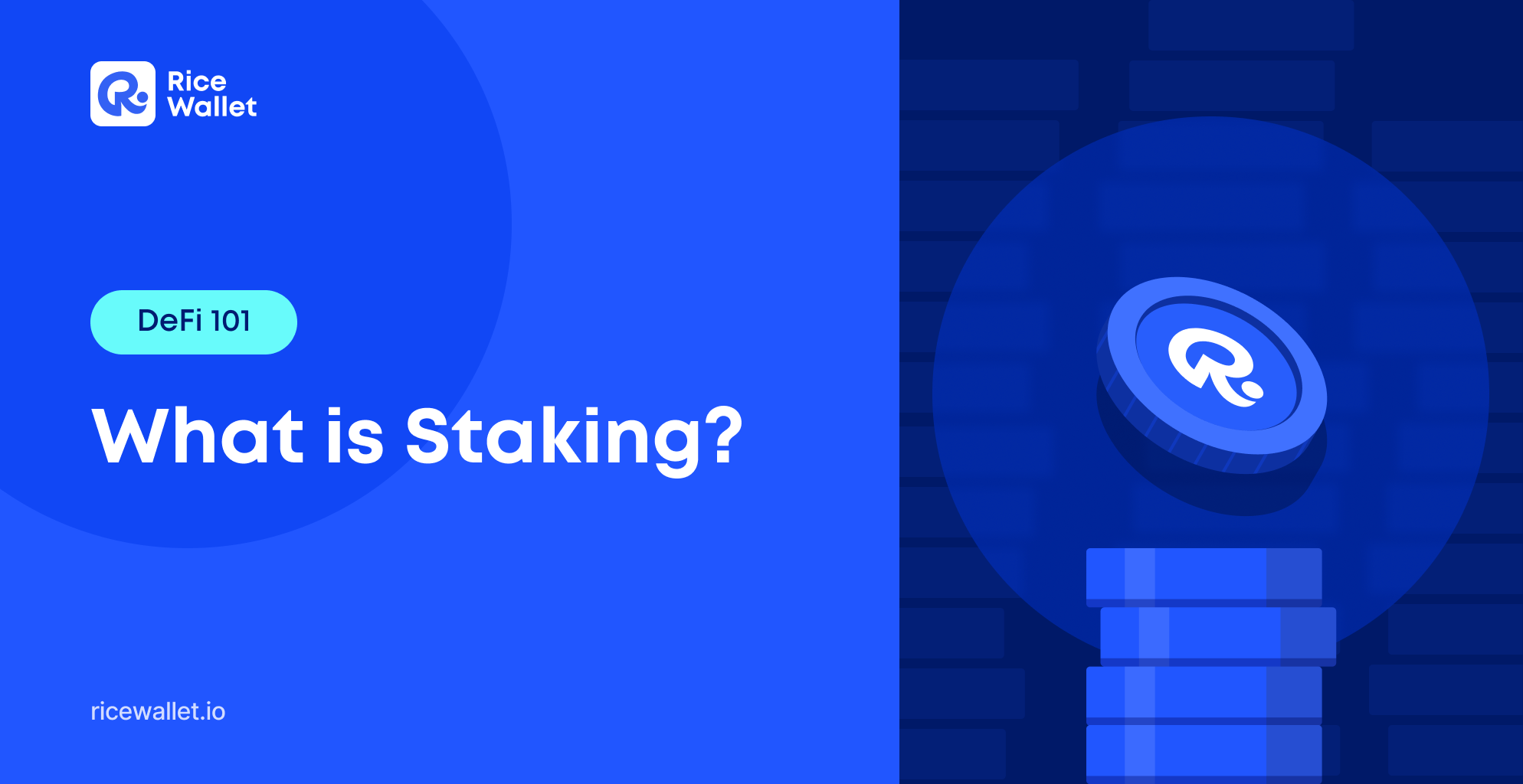
In DeFi, Staking is a popular way to earn passive income besides Farming. Staking is understood as an investor depositing a certain amount of cryptocurrencies and locking them to receive rewards from the project. The reward more or less depends on: The amount of token staked, the lock time, the interest rate, the price…
Formation of Staking
Previously, in the generation of Blockchain 1.0 and 2.0 with the existence of Bitcoin and Ethereum, the operation on the blockchain mainly applied the Proof of Work (PoW) mechanism. This is a form of transaction validation in the Blockchain by using computing power to process problems. In which, the performer needs to use highly configurable computers to complete the work.
In 2011, the concept of Proof of Stake (PoS) was first born as an alternative to PoW, which eliminates the need for complex and energy-intensive infrastructure. Proof of Stake is a consensus algorithm in the Blockchain, in which anyone who deposit the required amount of token becomes Nodes, Masternodes and be shared the right to validate transactions. At that time, rewards will be given to PoS participants – this is called Staking.
Types of Staking
There are 2 ways to receive rewards from Staking:
1. Staking from Proof of Stake: It is an investor depositing and locking an amount of token in the Pool to become a Validator, thereby being shared transaction fees and rewards from the project with a certain rate. In this way, participants have to own a own a significant amount of tokenn. Usually, the more the Validator stakes, the more rewards will be received.
2. Staking by delegating to Validators: For investors who own few tokens or not enough to become Validator, they can delegate to Validators to be shared part of the reward transaction fee. In this way, the stakers will not directly participate in validating transactions.
Notes about Staking
- Staking Interest Rate: The rate of profit received when participating in Staking.
- Lock Time: How long the token is locked in the Pool and cannot be withdrawn. Participants can choose the term when start joining.
- Unlock time: The time when Staking period ends and you can withdraw token to your wallet. Usually participants can unstake before, but it still takes time to process.
- Inflation rate: The amount of new tokens minted compared to the amount of tokens in circulation. This ratio directly affects the price of the token, participants need to keep in mind to estimate profit and loss.
- Minimum amount of tokens to participate in staking